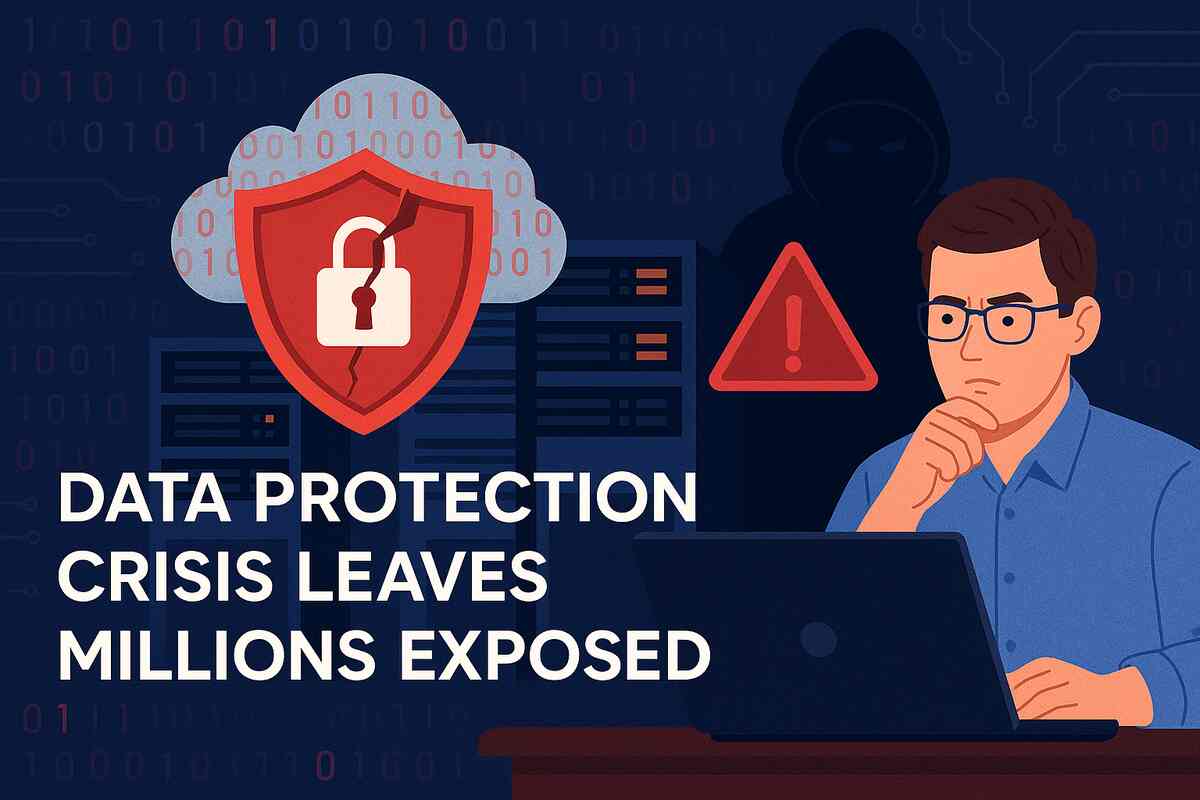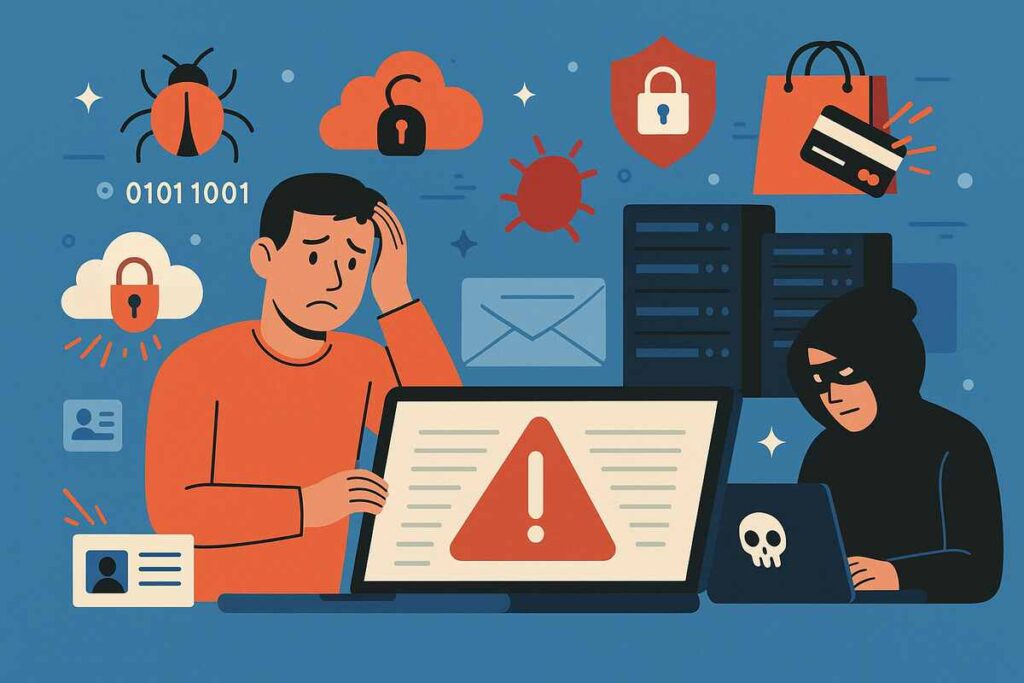Physical Address
304 North Cardinal St.
Dorchester Center, MA 02124
Physical Address
304 North Cardinal St.
Dorchester Center, MA 02124

The digital world has never been more interconnected—or more vulnerable. With every swipe, click, and upload, sensitive information is transferred across countless networks. And while innovation continues to accelerate, data protection hasn’t always kept pace. In 2025, a wave of breaches has exposed millions of users to identity theft, surveillance, and financial fraud. The crisis is no longer hypothetical—data protection failures are real, widespread, and escalating.
In this comprehensive guide, we explore how the current crisis unfolded, the key failures responsible, and what individuals, companies, and governments must do now to secure the digital landscape.

2025 has been marked by some of the most severe and widespread data leaks in history. From health records to financial databases, no sector has been immune.
According to a report by IBM, the average cost of a data breach in 2024 rose to $4.45 million, up 15% from previous years. The number is expected to increase unless significant reforms in data protection protocols are implemented.

Many legacy systems still used by healthcare, government, and finance were never designed for modern threats. They’re easy targets for today’s sophisticated hackers.
Encryption is often poorly implemented or completely absent, especially in smaller firms. Without strong encryption, even minor breaches can lead to catastrophic data leaks.
Over 80% of breaches involve some form of human mistake, including:
Companies frequently outsource their data management without ensuring third-party compliance. When a vendor is breached, client data often goes with it.

For those affected, the fallout from weak data protection goes beyond the digital realm.
In a survey conducted by Pew Research, over 60% of Americans expressed concern that their personal information is not safe, even with large companies.
A data protection failure doesn’t just cost money—it erodes trust, cripples operations, and damages reputations.
In 2024, a widely publicized breach of a government tax agency in Europe led to the leak of millions of tax records, fueling protests and triggering legislative overhaul.
Cloud computing offers scalability—but it’s also become a prime target. Many organizations assume their cloud provider handles everything, which is rarely the case.
The Cloud Security Alliance (CSA) warns that improper cloud configurations are now responsible for more than 70% of data breaches in enterprise environments.
Despite having regulations like the General Data Protection Regulation (GDPR) and California Consumer Privacy Act (CCPA), enforcement is inconsistent and often reactive.
While AI can detect unusual behavior and automate responses to security threats, it can also magnify risks when used maliciously.
Cybersecurity experts are urging companies to pair AI with human oversight to avoid catastrophic failures.
Organizations are moving toward Zero Trust models, where no user or system is automatically trusted—even if they’re inside the network.
Blockchain is increasingly used for decentralized identity management and secure transaction logging.
Technologies that allow data to be analyzed and used without exposing it are on the rise, helping to protect sensitive information in real-time processing environments.
One of the largest breaches in banking, affecting over 100 million Americans. The breach was due to a misconfigured firewall in their cloud setup.
A major file transfer tool was exploited, compromising hundreds of companies and agencies. The fallout exposed serious weaknesses in supply chain data protection.
A breach affecting over 9 million users revealed deep flaws in customer data retention practices and led to public backlash and regulatory reviews.
Data protection refers to the set of strategies and processes used to secure personal and organizational information from unauthorized access or loss.
Without it, sensitive data can be stolen, leaked, or misused, leading to financial loss, identity theft, and erosion of trust.
No. Small businesses and even individuals are increasingly targeted because they often lack strong defenses.
The data protection crisis has exposed the fragility of our digital infrastructure. With millions of records compromised and cyberattacks increasing in frequency and complexity, the time for half-measures is over. Protecting sensitive information is no longer a backend IT task—it is a critical business and societal imperative.
From businesses to individuals, everyone has a role to play in defending the digital frontier. By investing in stronger systems, enhancing awareness, and demanding better policies, we can begin to rebuild trust in our digital future—where data protection is not a luxury but a necessity.